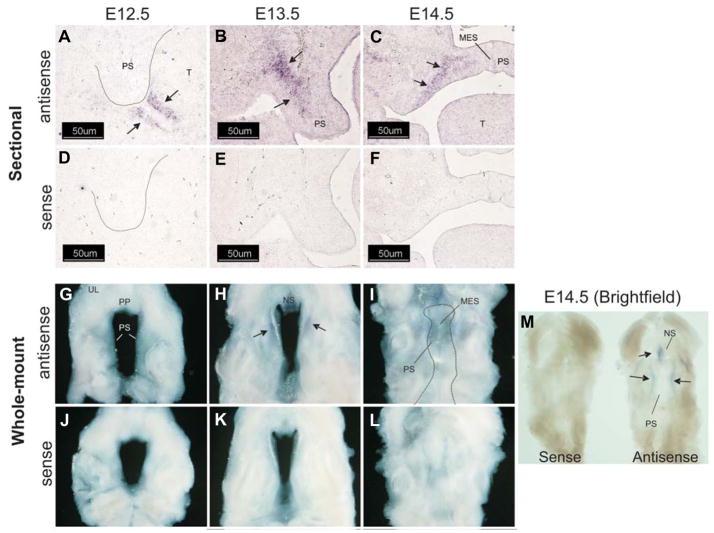Fig. 3. Wnt-2 is expressed in palatal shelf mesenchyme.
Cryostat sections of fixed, frozen heads from mice on days E12.5–E14.5 were processed for expression of Wnt-2 transcripts by in situ hybridization with either an antisense Wnt-2-specific riboprobe (A–C) or the sense (negative) control (D–F). No detectable expression of Wnt-2 was observed in E12.5 palates (A,D) (palatal shelves outlined in black). Wnt-2 transcripts were, however, detected in the mesenchyme subjacent to the epithelium forming the junction between the oral cavity and tongue (arrows). On E13.5 and 14.5, expression of Wnt-2 was detected in the mesenchyme of the palatal shelf (B,C) (arrows) and extending laterally into the maxilla on E13.5 but not on E14.5. No signal was obtained with a sense Wnt-2 riboprobe (D–F). Panels (A,B,D,E) 200X magnification, panels (C,F), 100X magnification. Bar is 50 μm. Whole-mount in situ hybridization was also performed (G–M). No Wnt-2 mRNA was detected on E12.5 (G) but on E13.5 (H) a domain lateral to the medial edge of the palatal shelves and restricted to the anterior one-third was observed (arrows). On E14.5, the Wnt-2 mRNA expression domain was still confined to the anterior palate with signals also observed in the nasal septum (M) (arrows). Because the signal on E14.5 samples was difficult to discern on darkfield images (I), a brightfield image is also included (M) that clearly demonstrates expression with the antisense riboprobe. No signals were obtained when a Wnt-2 sense riboprobe was used (J–L and M). UL, upper lip; PP, primary palate; PS, palatal shelf; NS, nasal septum; MES, medial edge seam. The fused secondary palate is outlined in panel I.

